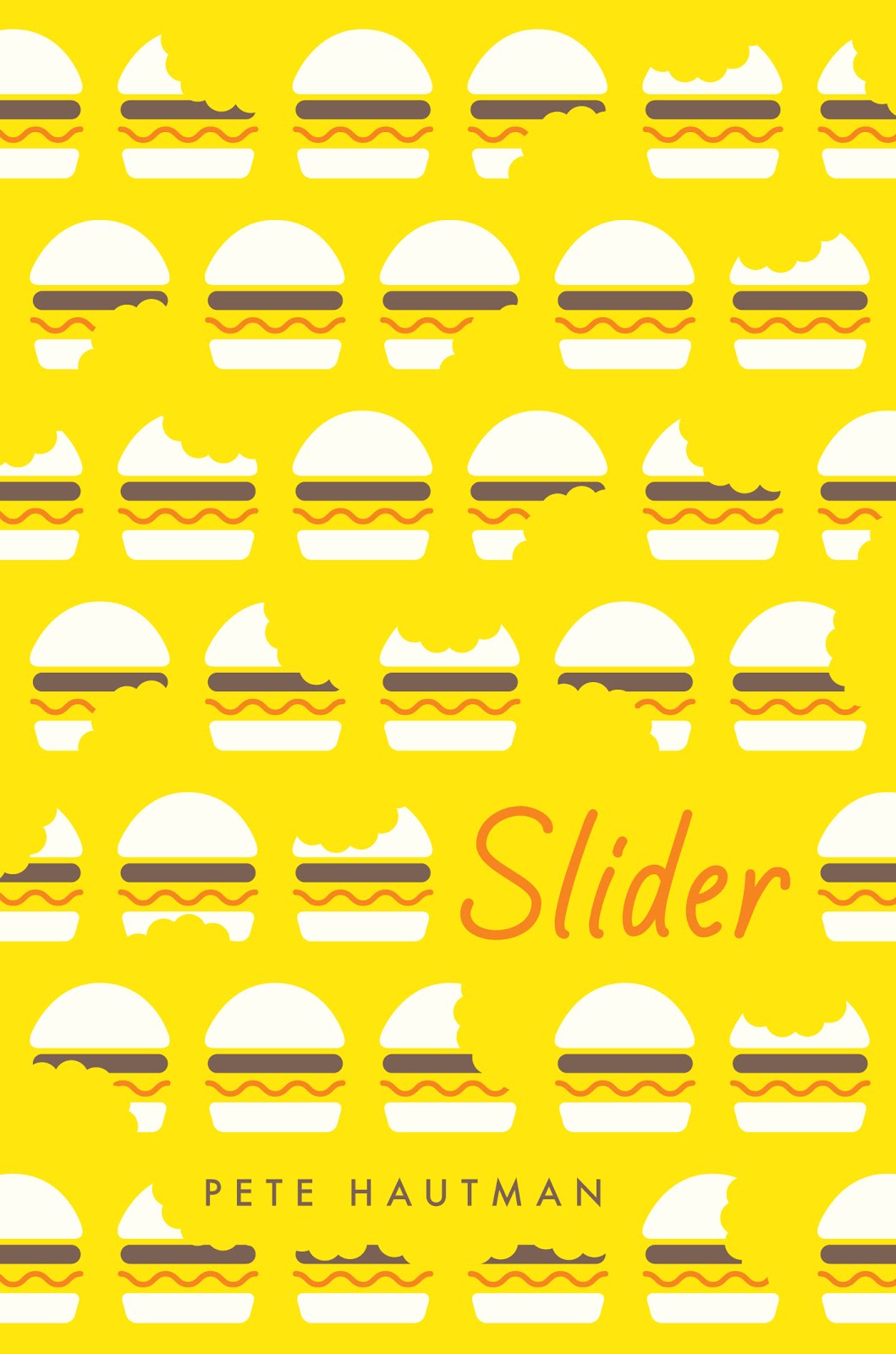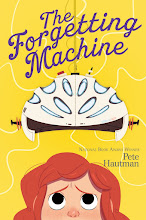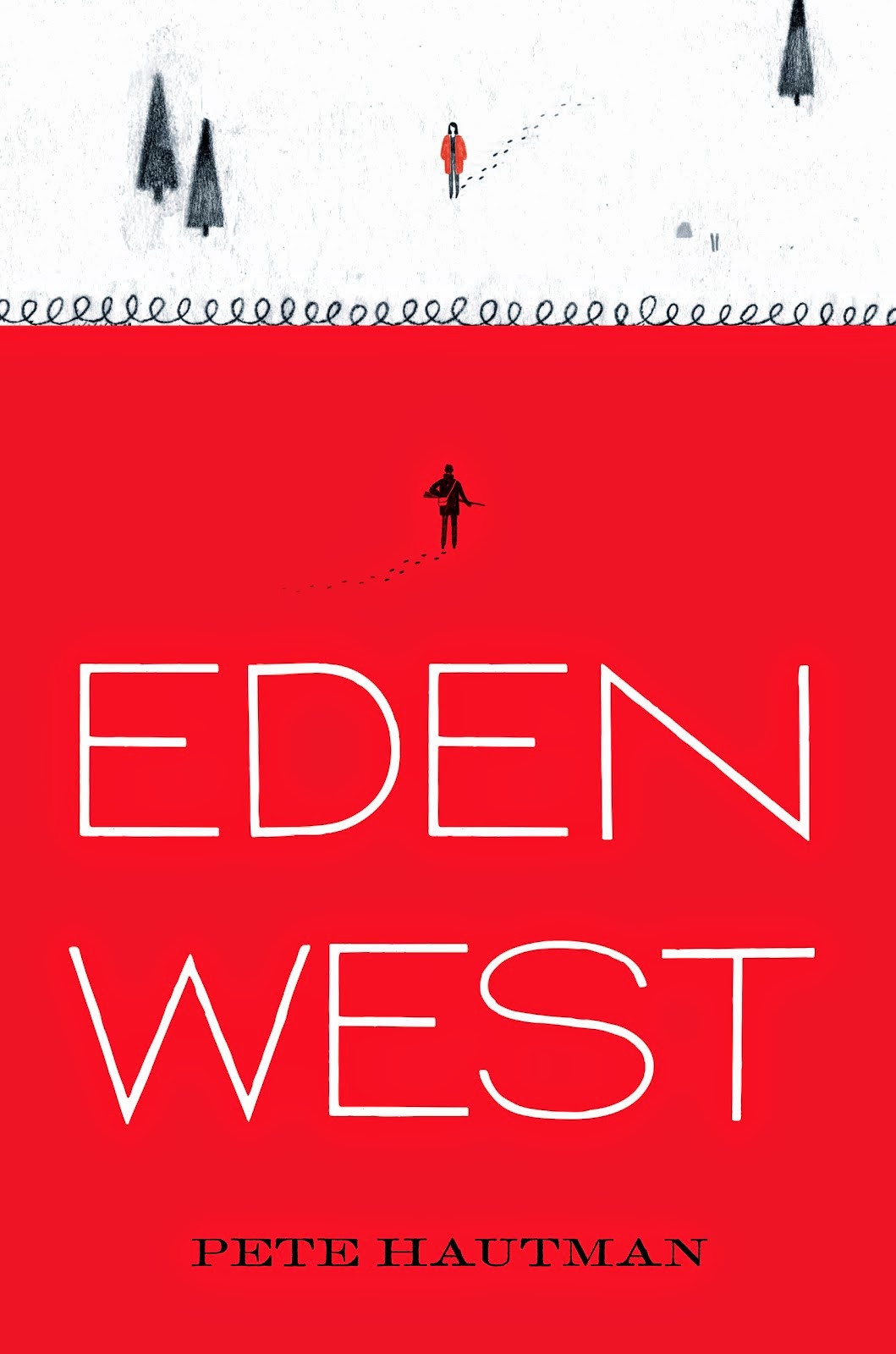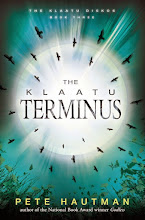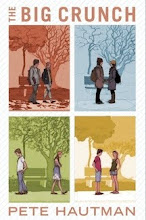I haven’t read a lot of middle-grade or YA fiction since
2007, the year of my near-fatal kidlit overdose. That was the year I served as
a judge for the National Book Awards in the Young People’s Literature
category. There were, as I recall, about 240 books submitted—and five months to
read them. All in all, it was a gratifying experience. I loved working with the
other judges, and a I read a lot of good books I would have otherwise
overlooked, but by the time it was over I had ODed. It was months before I could look at a YA or middle-grade book without a shudder.
Now, thinking back over that experience in the context of
“strong young women,” I would like to sing the praises of two short
middle-grade novels that hit me hard and didn’t go away. These didn’t make it onto the finalist list (there were a lot of strong contenders that
year*) but these two stayed with me.
 First up, Helen Hemphill’s Runaround. This is the story of Sassy Thompkins, an eleven-year-old
girl growing up in Kentucky in the 1960s. Runaround
is funny, poignant, and heartbreaking in equal measures. Sassy is dealing with
her first serious crush, and dealing with it badly—with no reliable sources of information, she goes to 60s romance magazines for advice. She is tough, irritating,
foolish, smart, relentless, and altogether human as she plunges into the
self-absorbed morass of early adolescence. I loved this book. I loved it for its
humor, its realism, and its grit.
First up, Helen Hemphill’s Runaround. This is the story of Sassy Thompkins, an eleven-year-old
girl growing up in Kentucky in the 1960s. Runaround
is funny, poignant, and heartbreaking in equal measures. Sassy is dealing with
her first serious crush, and dealing with it badly—with no reliable sources of information, she goes to 60s romance magazines for advice. She is tough, irritating,
foolish, smart, relentless, and altogether human as she plunges into the
self-absorbed morass of early adolescence. I loved this book. I loved it for its
humor, its realism, and its grit.
Reviews of Runaround
were mixed—most were positive, but I remember vividly the outrage I felt when I
read the School Library Journal review, a self-righteous, sanctimonious screed
that included the line “…deleterious to readers of any age.” I’m still angry
about that review—and I’ll bet Helen Hemphill is too!
Runaround is a rare gem; it deserved better.
 Emma-Jean Lazarus Fell
out of a Tree, Lauren Tarshis’s first novel, fared somewhat better, with a
starred review from SLJ. This was my pick for the best middle-grade novel of
2007. Emma-Jean is a smart, awkward, curious, highly analytical seventh-grader.
(I interpreted her as being a high-functioning autistic, but it is never so stated.)
She is befriended by an overly sensitive, desperately approval-seeking
classmate named Colleen. I fell hard for Emma-Jean, and to a somewhat lesser
degree, for Colleen.
Emma-Jean Lazarus Fell
out of a Tree, Lauren Tarshis’s first novel, fared somewhat better, with a
starred review from SLJ. This was my pick for the best middle-grade novel of
2007. Emma-Jean is a smart, awkward, curious, highly analytical seventh-grader.
(I interpreted her as being a high-functioning autistic, but it is never so stated.)
She is befriended by an overly sensitive, desperately approval-seeking
classmate named Colleen. I fell hard for Emma-Jean, and to a somewhat lesser
degree, for Colleen.
Normally I shy away from interpreting an author’s intent,
but in this case I venture to say that the characters represent the two faces
of adolescence: the surge of brain power that arrives in late childhood colliding with a flood of hormonal stimuli. It's a tough time to be a girl (or a boy, or, presumably, a wombat). Emma-Jean is a funny
book, but with a serious understructure. It requires some minor suspension-of-disbelief, as do most MG novels, but this is in no sense a negative. Read
it as a ten-year-old would, and be happy.**
I read Emma Jean around
the time I was developing the character Lah Lia in an early draft of The Cydonian Pyramid. I think there may
have been some literary leakage there, although it was not conscious.
* The finalists
in 2007 were Kathleen Duey, Skin Hunger, M. Sindy Felin, Touching
Snow, Brian
Selznick, The Invention
of Hugo Cabret, Sara Zarr,
Story of a
Girl, and the eventual winner, Sherman
Alexie, for The
Absolutely True Diary of a Part-Time Indian. As much as I
loved Runaround and Emma-Jean, I stand by our choices.
** Tarshis has written a sequel: Emma-Jean Lazarus Fell in Love. If I ever read another middle-grade
novel, it will be high on my list.












